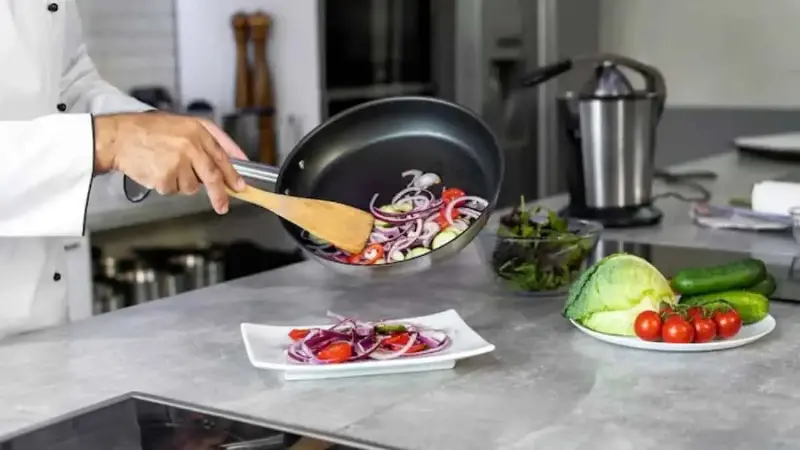
Induction stoves are the future of cooking in Indian kitchens. In the coming decades, induction stovetops will replace gas stoves, as they have done in many European countries. This appliance is travel-friendly and space-saving. Unlike the traditional gas stove, it does not need any gas fittings. Plug it in, switch on the appliance, adjust the temperature settings, and you are good to go.
You can carry these on a road trip and cook delicious meals rather than eating substandard food at stalls or roadside eateries. It is perfect in a modern kitchen because it allows you to cook multiple dishes simultaneously. If all your burners are busy, you can use Usha's induction stove to cook a one-pot breakfast, heat milk, prepare tea or coffee, or pressure-cook something. However, there are a few mistakes you need to be careful about.
Adjusting the Heat Too High Right Away
As opposed to gas stoves, induction cooktops have a very quick heat-up time. Most folks turn the heat to the highest setting right off, which burns food or causes it to stick. Best to begin with a moderate setting and then fine-tune. Steady, low heat makes cooking more manageable and avoids the risk of spilling or burning. Familiarity with your stove's heat positions guarantees perfectly cooked food and extends the lifespan of cookware.
If you don’t have Usha’s Mixer Grinder, Shop Now  .
.
Sliding Pots and Pans on the Surface
Induction cooktops typically come with a glass-ceramic surface that is robust but scratch-sensitive. It is common for individuals to slide heavy pots or pans on the surface when stirring food or relocating it. This scratches or can even break the glass after some time. Instead, relocate cookware using a lift. Smooth, flat-bottomed pots reduce this risk of damage even further.
Also Read: Indian Chutneys With Coriander And Mango In Top 50 Dips List
Using the Incompatible Cookware
One of the most frequent errors is using cookware that isn't induction-friendly. Induction cooktops need cookware that contains a magnetic base, such as stainless steel or cast iron. Glass, copper, or aluminium without an iron core will not be as efficient. Always look for the induction symbol on the bottom of your tools before preparing food.
Not Keeping the Cooktop Clean
Splatters and spills can scorch the surface rapidly as a result of quick heating. Residues can make the sensors unstable or form tough stains that are difficult to remove later on. Clean the cooktop with a soft cloth after every use. For more stubborn stains, use a gentle cleaning product suitable for induction cooktops.
Ignoring Residual Heat Indicators
A few individuals forget that although the induction coil rapidly cools down, the glass top can be hot due to contact with cookware. Disregarding indicators of residual heat can cause accidental burns. Most stoves also have an indicator light that will not turn off until the surface is no longer hot.
Disregarding Power Fluctuations
Induction cooktops are also prone to voltage fluctuations. This can affect the internal circuits and impair performance if power cuts or surges occur continually. Most users do not care about this risk. It's best to plug your induction stove into a stabiliser or surge protector, particularly if you reside in a region with volatile electricity.
